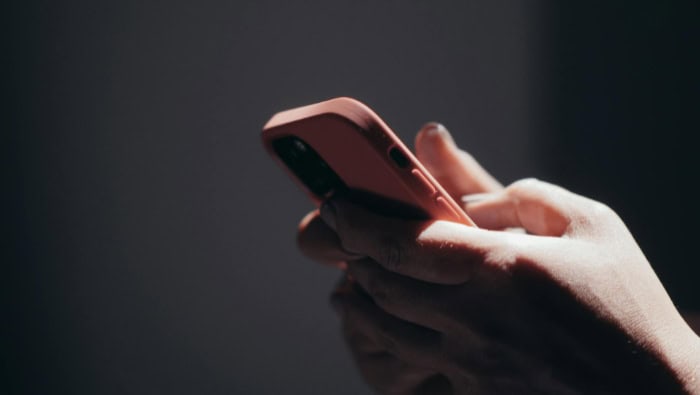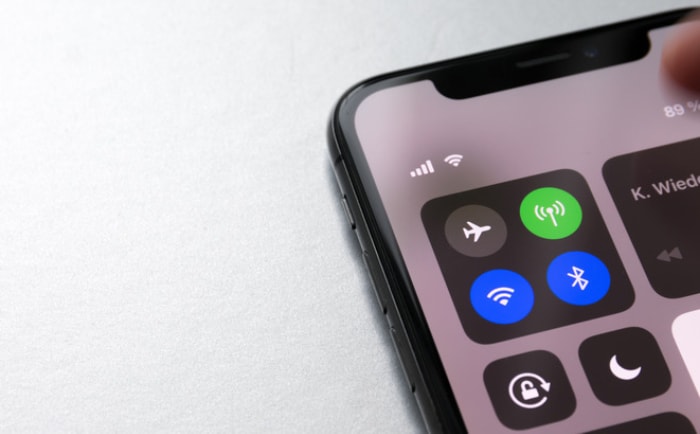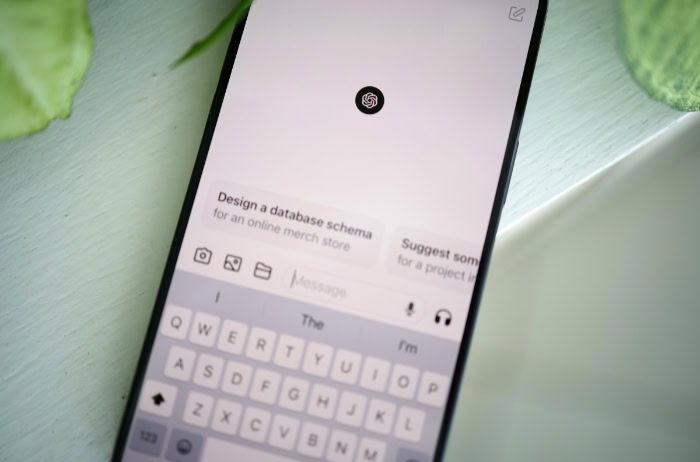Does Overcharging Your Phone Battery Cause Damage? Explained
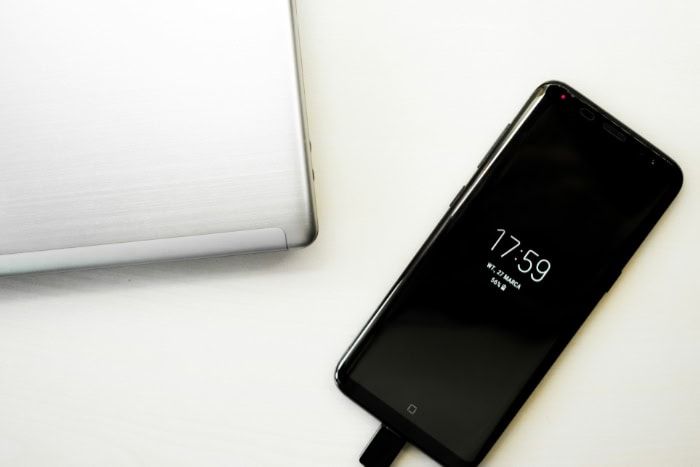
Charging your phone is such a routine part of life that it’s easy to overlook what’s happening behind the scenes. But if you’ve ever worried about leaving your phone plugged in overnight or letting it hit 100% too often, you’re not alone.
These concerns stem from years of myths and misunderstandings. Older battery technologies like nickel-cadmium had quirks that caused performance issues with improper charging, but today’s lithium-ion batteries are much smarter and better equipped to handle modern demands.
Still, no battery is immune to wear, and small daily habits can influence how long your device lasts. So, what’s fact, and what’s fiction when it comes to overcharging? Does plugging in overnight really harm your phone? Let’s break it all down, explore how these batteries work, and uncover practical tips to keep your phone powered up without cutting its lifespan short.
Understanding Overcharging: Myth vs. Modern Reality
Charging technology has come a long way over the years, but concerns about overcharging persist. Many people still wonder if leaving their phone plugged in overnight or hitting 100% too often could harm their battery.
To understand why this question keeps coming up, it’s important to look back at how charging worked in the past and compare it to the more advanced systems found in modern devices.
What “Overcharging” Means Today
In older battery technologies, like nickel-cadmium (NiCd), overcharging was a real issue. These batteries were prone to something known as the “memory effect.”
If they weren’t fully discharged before being charged again, they could “remember” the smaller capacity, leading to reduced performance over time. In those days, overcharging almost guaranteed damage because charging would continue aggressively even after the battery reached full capacity.
Lithium-ion batteries, which power our smartphones today, are fundamentally different. They don’t suffer from the memory effect and are designed with advanced safeguards that prevent overcharging.
Modern charging systems automatically stop delivering power once the battery reaches 100%, ensuring that additional electricity doesn’t continue to flow in. Instead of overcharging, lithium-ion batteries are more affected by factors like heat, charge cycles, and how long they remain at extreme states of charge (like 0% or 100%).
Built-In Safeguards
Modern smartphones come equipped with sophisticated Battery Management Systems (BMS), which act as gatekeepers for the battery. A BMS monitors the battery’s charge level and cuts off the power supply when it’s fully charged.
This crucial technology ensures that the battery doesn’t absorb more electricity than it can handle, which would otherwise generate excessive heat and accelerate wear.
Smartphone manufacturers have taken these safeguards a step further. Features like Apple’s Optimized Charging and Samsung’s Adaptive Battery are designed to slow down battery aging.
For example, these systems learn your charging habits and delay charging above 80% until just before you typically unplug your device. For someone who charges overnight, these features ensure the battery isn’t held at 100% for hours on end, which can help preserve its overall health.
The Trickle Charging Debate
Even though phones stop charging when they hit 100%, some power flow still occurs to compensate for small losses as the battery naturally discharges. This is known as trickle charging, where the phone repeatedly tops the battery back up to 100% to keep it at full capacity.
Some worry that trickle charging might cause harm by keeping the battery at a high voltage for prolonged periods. While it doesn’t lead to catastrophic damage, it can contribute to long-term wear.
Lithium-ion batteries are most stable when they're not held at 100% for too long. That’s why many experts recommend unplugging your phone once it reaches 100%, or using smart features like Optimized Charging to minimize the effects of trickle charging.
The idea of overcharging has become less of a concern thanks to modern technology. However, there’s still value in adopting habits that minimize stress on your battery, even if it’s protected by these systems.
How Lithium-Ion Batteries Degrade
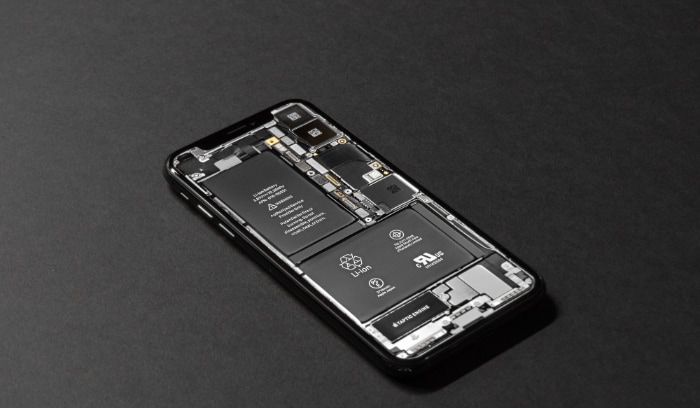
Lithium-ion batteries power nearly every modern smartphone, offering impressive efficiency and reliability. However, no battery is immune to aging, and over time, their capacity to hold a charge naturally diminishes.
While some amount of degradation is unavoidable, understanding how these batteries work can provide clarity on how daily habits may accelerate or slow the process.
Chemistry Basics
At the core of a lithium-ion battery’s operation is the movement of ions between two electrodes: the anode and the cathode. During charging, lithium ions move from the cathode to the anode through an electrolyte solution.
When discharging, like when you’re using your phone, the ions flow back to the cathode, releasing energy that powers your device.
Over time, this back-and-forth movement causes wear on the battery’s internal components. Most of this wear happens because of irreversible chemical reactions that occur during charge cycles.
Additionally, the higher the voltage applied to the battery, such as when it’s charged to 100%, the more stress is placed on the cathode. This is because lithium-ion batteries operate best within a specific voltage range. Staying at extreme levels, such as 0% or 100%, puts strain on their chemistry, accelerating degradation.
Key Degradation Factors
One of the most significant factors that impact lithium-ion batteries is heat. Charging generates heat naturally, but using your phone during charging (or charging in a high-temperature environment) increases this effect.
Elevated temperatures can destabilize the electrolyte solution inside the battery, leading to a faster breakdown of its components. This is why you might notice your phone or its charger getting warm; excessive heat is a warning sign that the battery may be under strain.
Another cause of battery wear is “calendar aging.” This refers to the gradual reduction in battery capacity over time, even if the phone isn’t frequently used.
Calendar aging happens because the chemical stability of the battery decreases with age, regardless of charge cycles or usage patterns. While this process is inevitable, charging habits and environmental factors often determine how quickly it progresses.
Why Full Charges Aren’t Ideal
Charging your battery to 100% may seem like the obvious way to maximize how long your phone lasts on a single charge. However, holding a battery at full charge puts it under sustained voltage stress, which can speed up wear over time.
Lithium-ion batteries are happiest when they stay within a mid-range charge level, typically between 20% and 80%. This range minimizes the strain on their chemistry, keeping the internal materials more stable and helping the battery age more gracefully.
Charging habits have a measurable impact on battery health. While devices are designed to handle occasional full charges, consistently keeping your battery at 100% or letting it drain to 0% regularly can accelerate capacity loss.
Many modern smartphones now offer features to cap charging or delay the final stages, ensuring that the battery doesn’t sit at full capacity for extended periods. These features align with the natural preferences of lithium-ion batteries, which thrive on moderation rather than extremes.
Real-World Charging Behaviors and Risks
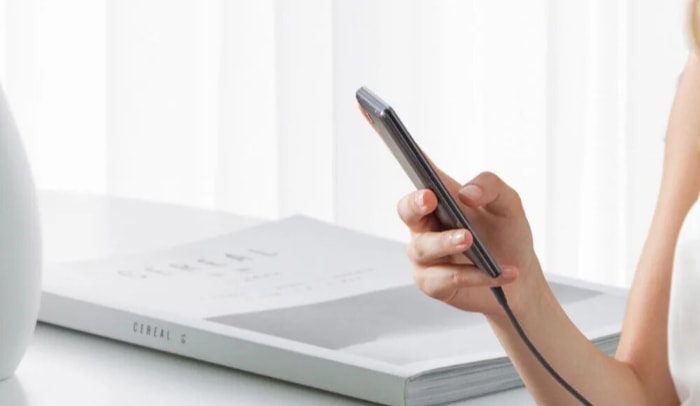
The way we charge our phones can significantly impact battery health over time. While modern technology has made charging more efficient and safer, certain habits can still contribute to unnecessary wear.
From leaving your phone plugged in overnight to using it while charging, these common practices come with specific risks that are worth paying attention to.
Overnight Charging
One of the most common charging habits is plugging in your phone before bed and letting it charge all night. Modern smartphones are designed to avoid overcharging, thanks to features like Battery Management Systems that stop the flow of electricity once the battery reaches 100%.
However, the story doesn’t end there. When a phone remains plugged in overnight, it undergoes trickle charging. This intermittent topping-off keeps the battery at 100%, which exposes it to higher voltage levels for hours.
This sustained stress can lead to gradual wear over time, even if no immediate issues are noticeable.
Another concern with overnight charging is heat buildup. Batteries naturally generate heat during charging, and while most phones are good at managing temperature, prolonged charging sessions can cause the device to become warmer than usual.
Heat is one of the biggest enemies of lithium-ion batteries, and charging in a warm room or using thick cases that trap heat can make the effects worse. While overnight charging is convenient, it’s worth considering features like Optimized Charging to minimize the time your phone stays at full charge and reduce heat exposure.
Partial vs. Full Charge Cycles
Many people aim to maximize their phone’s battery life by charging it fully before using it, but this practice isn’t always ideal. Lithium-ion batteries thrive on partial charge cycles, where the device is charged more frequently but kept within a mid-range charge level, such as 20% to 80%.
This approach reduces stress on the battery’s chemistry and helps it maintain its capacity for a longer time.
On the other hand, deep charge cycles, where the battery is fully depleted before being charged to 100%, can strain the battery more significantly. While modern batteries are designed to handle occasional full charges, doing this regularly can shorten their lifespan.
Many people find that quick, partial charges throughout the day are more practical and better for battery health than waiting to charge from 0% to 100%.
Usage During Charging
Using your phone while it’s charging is another common habit, but it poses unique challenges for battery health. When a device is being charged and used at the same time, especially for power-intensive activities like gaming, video streaming, or running multiple apps, it generates a lot of heat.
This combination of charging-induced heat and the heat from processor activity can create thermal stress that wears down the battery faster.
In addition to heat, intensive use during charging can confuse the Battery Management System, leading to inconsistent charging patterns. This makes it harder for the system to regulate the flow of electricity efficiently, potentially increasing wear over time.
While replying to a message or checking an email during charging is harmless, prolonged high-intensity use can push the battery to its limits..
Safety Risks Beyond Battery Health
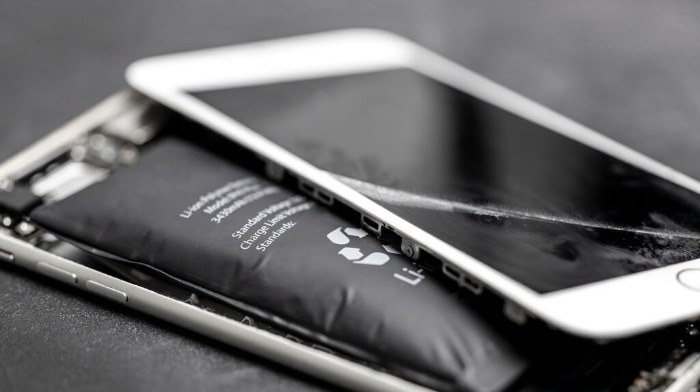
While most discussions about charging focus on battery lifespan, safety is another critical factor to consider. Faulty chargers, counterfeit accessories, and physical damage can create serious risks, including overheating and fires.
Knowing what signs to watch for and how to prevent these hazards is vital for both your safety and your device's integrity.
Overheating and Swelling
Overheating is one of the most common and dangerous risks associated with charging. It often occurs when using poor-quality chargers or damaged cables that lack proper safeguards.
These inferior components can result in inconsistent power delivery, leading to thermal runaway, a scenario where excessive heat causes the battery to overheat further, creating a dangerous feedback loop. In extreme cases, this can cause the battery to expand, swell, and even burst, posing a fire hazard.
Even when thermal runaway is avoided, overheating can still damage the battery permanently. Devices that charge in hot conditions or are left plugged in for hours, especially with thick cases trapping the heat, are particularly at risk.
Swollen batteries are a visual sign that the internal components have been compromised. If left unchecked, this swelling could lead to catastrophic failure.
Counterfeit Accessories
Counterfeit or uncertified chargers are a hidden hazard for many users. These devices, often sold at significantly lower prices, rarely meet the safety standards required for consistent voltage regulation.
Without this regulation, the phone’s battery can be subjected to power surges or irregular currents, which may cause overheating or internal damage.
Beyond performance issues, counterfeit chargers often lack the material quality needed to handle high temperatures. This lack of durability increases the risk of short circuits or electrical fires.
For users, the cost savings of using an uncertified accessory rarely outweigh the potential risks to safety and the device itself. It's always worth investing in certified chargers and cables designed specifically for your device.
Identifying Failure Signs
A battery nearing failure often gives warning signs, and recognizing them can help prevent accidents. One of the most obvious symptoms is rapid discharge, where the phone loses charge much faster than usual, even during light use.
This behavior can indicate internal damage to the battery’s components.
Excessive heat is another red flag. While it’s normal for phones to feel warm during charging or heavy use, consistent overheating during routine tasks or charging can signal a deeper issue.
Physical bulging or swelling of the device, particularly around the back or edges, is one of the most visible and urgent signs of battery failure. A swollen battery should never be ignored, as it could be on the brink of leakage or combustion.
If you notice any of these symptoms, it’s important to stop using the device immediately, unplug it, and seek professional assistance to replace the battery.
Best Practices for Battery Longevity
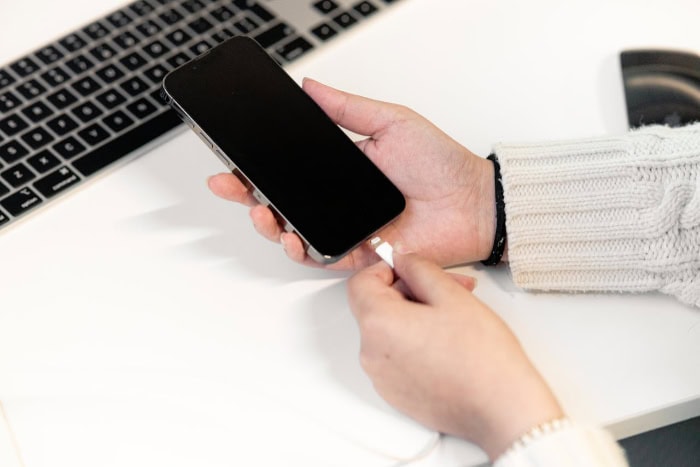
Smartphones are indispensable in everyday life, but their batteries are not designed to last forever. While some level of wear is inevitable, simple adjustments to charging habits and environmental care can extend a battery’s lifespan significantly.
Modern devices even offer tools to help users charge more efficiently, making it easier to balance convenience with preservation.
Optimal Charge Ranges
iPhones running iOS 13 or later come with Optimized Charging, which delays charging beyond 80% until it predicts you’ll need to use your phone. Similarly, other brands are introducing features that adapt to charging habits, ensuring the device spends as little time as possible at 100%.
While occasional full charges are fine, making a habit of staying within this mid-range can make a noticeable difference in battery lifespan.
Environmental Factors
Where and how you charge your phone can be just as important as how much you charge it. Batteries are highly sensitive to temperature extremes, and charging or using your phone in very hot or very cold conditions can accelerate wear.
For example, leaving your phone in a hot car or exposing it to direct sunlight while charging can cause the internal temperature to rise dramatically. This heat not only degrades the battery but can also lead to more immediate safety hazards.
Similarly, extremely cold temperatures can reduce a battery’s efficiency, making it discharge faster and placing strain on its internal components. While phones are designed to operate across a wide range of temperatures, avoiding these extremes, especially during charging, can help preserve the battery’s capacity over time.
Charging in a cool, well-ventilated area is ideal, as it minimizes additional stress caused by heat buildup.
Manufacturer Tools
To combat battery aging and help users maintain healthier charging habits, many manufacturers have introduced features specifically designed to protect batteries. Samsung phones, for instance, offer a “Protect Battery” setting that caps charging at 80%, keeping the battery within a safer range and preventing prolonged voltage stress.
OnePlus has a similar feature called “Optimized Charging,” which pauses charging overnight and finishes it just before you typically wake up.
These tools are especially helpful for users with predictable charging patterns, such as those who charge overnight or for long periods. By using these features, phones can adapt to your routine while reducing the strain that would otherwise come from keeping a battery at 100% for extended durations.
Checking your device’s settings for these options and enabling them is an easy way to help preserve battery health without significantly altering your daily habits.
Combining thoughtful charging routines with these built-in tools and avoiding harsh environmental conditions will reduce unnecessary stress on your battery. These strategies ensure your phone remains reliable and efficient for as long as possible.
Conclusion
Batteries may not last forever, but how they age depends heavily on how they’re treated. Modern smartphones are equipped with advanced safeguards to prevent overcharging, but certain habits, like keeping your phone at 100% charge or exposing it to extreme temperatures, can still accelerate wear.
By charging within the optimal 20–80% range, being mindful of heat, and taking advantage of built-in manufacturer tools, you can significantly extend your device's battery life.
Small changes to everyday habits, like avoiding long periods of charging overnight or using certified accessories, can make a big difference. These efforts ensure not only better battery performance but also safer charging practices.
Treating your battery with care helps your phone stay reliable for longer, allowing you to get the most out of your device before needing a replacement.
